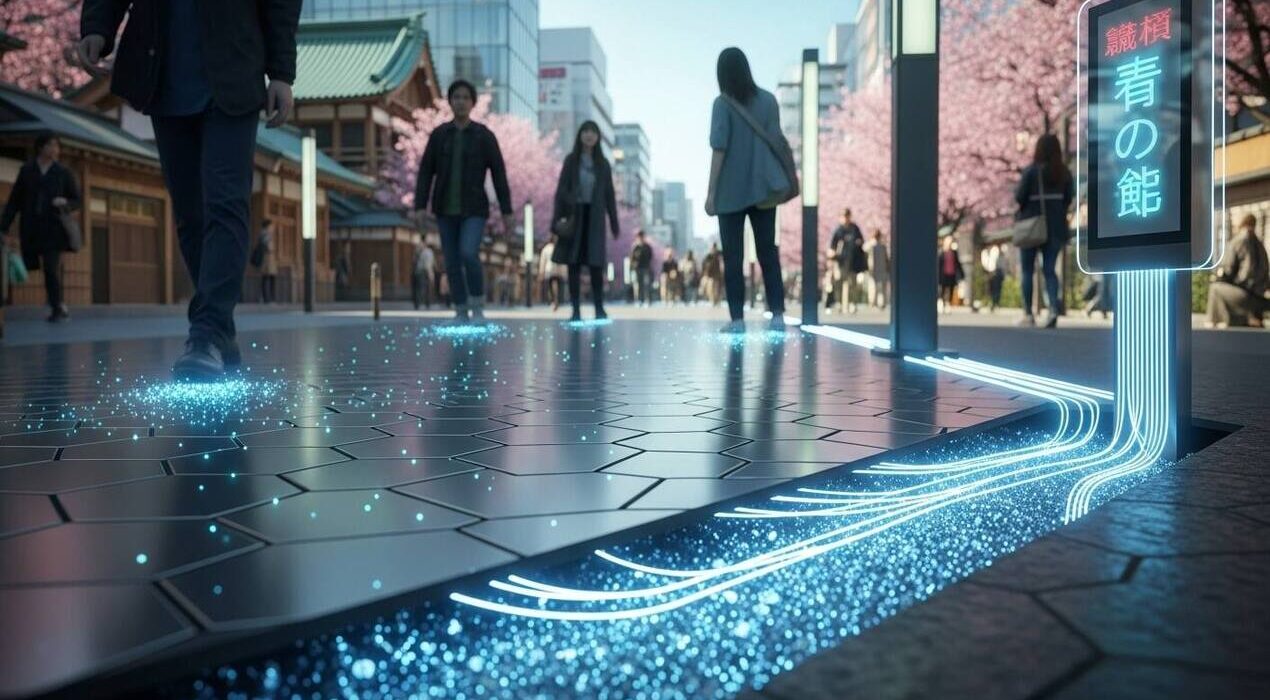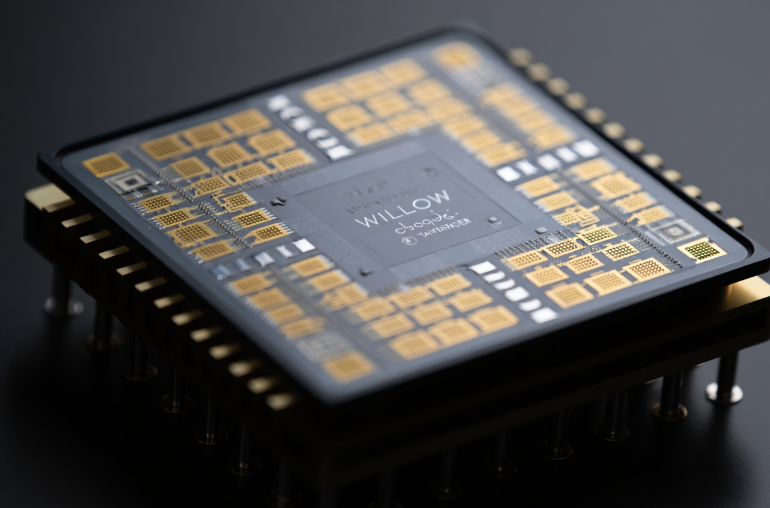Japan is pioneering a unique renewable energy solution by installing piezoelectric tiles that generate electricity from footsteps. These innovative tiles transform the mechanical pressure of walking into electrical energy, showing how everyday human activity can be converted into a sustainable power source.
Piezoelectric technology works by producing an electric charge when certain materials are compressed or stressed. In high-traffic areas such as shopping malls, train stations, and public squares, the constant flow of people provides an opportunity to harvest energy. The electricity captured can be used to power lights, digital signage, or other low-energy devices, turning bustling public spaces into micro power plants.
The tiles are designed for durability, safety, and comfort, ensuring they blend seamlessly into flooring without disrupting movement. This makes them especially valuable for dense urban areas where land for solar panels or wind farms is limited. Beyond producing power, the system serves as an educational tool, raising awareness about sustainability and encouraging people to think about how even small actions can contribute to environmental change.
The potential extends far beyond Japan. Schools, offices, airports, and entertainment venues around the world could adopt piezoelectric flooring to reduce energy costs, lower carbon emissions, and support green infrastructure. While each step produces only a small amount of electricity, the collective energy from thousands or millions of daily steps can add up to significant savings when deployed at scale.
Japan’s success with piezoelectric tiles highlights that innovation in renewable energy does not always require massive machinery or expansive infrastructure. Sometimes, meaningful progress can begin with something as simple as footsteps—making every step truly count toward a more sustainable future.
Japan Turns Footsteps Into Clean Energy With Piezoelectric Tiles






